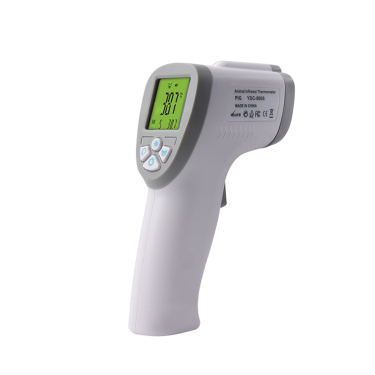Dog Thermometer Guide: How to Check Your Pet’s Temperature Safely

# Dog Thermometer Guide: How to Check Your Pet’s Temperature Safely
## Introduction
As a responsible pet owner, monitoring your dog’s health is crucial. One of the most important indicators of your dog’s well-being is their body temperature. A dog thermometer is an essential tool for every pet owner’s first aid kit. This guide will walk you through everything you need to know about checking your dog’s temperature safely and accurately.
## Why Monitoring Your Dog’s Temperature Matters
A dog’s normal body temperature ranges between 101°F to 102.5°F (38.3°C to 39.2°C). When this temperature rises above 103°F (39.4°C) or falls below 99°F (37.2°C), it could indicate serious health issues that require immediate veterinary attention.
Regular temperature checks can help you detect:
- Fever or infections
- Heatstroke
- Hypothermia
- Underlying illnesses
Keyword: dog thermometer
## Choosing the Right Dog Thermometer
Not all thermometers are created equal when it comes to measuring your dog’s temperature. Here are the best options:
1. Digital Rectal Thermometers
These provide the most accurate readings for dogs. Look for models specifically designed for pets with flexible tips and quick readings.
2. Ear Thermometers
Infrared ear thermometers are less invasive but may be slightly less accurate. They work well for dogs who resist rectal temperature checks.
3. Non-contact Thermometers
These measure temperature from the ear or skin surface without touching. While convenient, they’re the least accurate option.
## Step-by-Step Guide to Taking Your Dog’s Temperature
Preparation
Gather your supplies: thermometer, lubricant (petroleum jelly or water-based), treats, and a helper if needed.
Rectal Method (Most Accurate)
- Turn on your digital thermometer and apply lubricant to the tip
- Have your dog stand or lie on their side
- Lift the tail gently and insert the thermometer about 1 inch into the rectum
- Hold it in place until it beeps (usually 10-60 seconds)
- Remove carefully and read the temperature
- Reward your dog with praise and treats
Ear Method
- Follow manufacturer instructions for your specific ear thermometer
- Gently insert the probe into the ear canal
- Hold it steady until the reading is complete
- Reward your dog for cooperation
## Safety Tips and Warnings
Always prioritize your dog’s comfort and safety when taking their temperature:
- Never use a glass mercury thermometer
- Don’t force the procedure if your dog becomes extremely stressed
- Clean the thermometer thoroughly after each use
- Watch for signs of distress like whimpering or trying to escape
- If your dog’s temperature is abnormal, contact your vet immediately
## When to Call the Vet
Seek veterinary care if:
- Temperature is above 103°F (39.4°C) or below 99°F (37.2°C)
- Your dog shows other symptoms like lethargy or loss of appetite
- You notice blood on the thermometer after rectal use
- Your dog seems in pain during or after the procedure</
